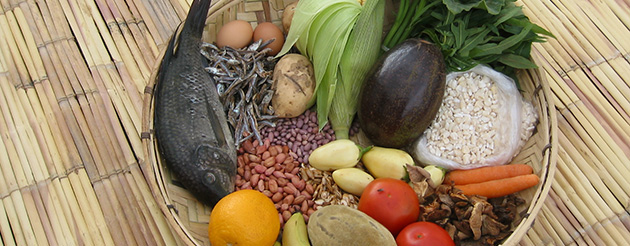
The Food and Agriculture Organization of the United Nations (FAO), with funding from the European Union, and the USAID-funded Food and Nutrition Technical Assistance Project (FANTA) have published a guide for measuring women’s dietary diversity “Minimum Dietary Diversity for Women: A Guide to Measurement.” The guide provides users of the Minimum Dietary Diversity for Women (MDD-W) indicator with detailed guidance on its use and application along with information on common-pitfalls.
MDD-W is a dichotomous indicator of whether or not women 15-49 years of age have consumed at least five out of ten defined food groups the previous day or night. The proportion of women 15–49 years of age who reach this minimum in a population can be used as a proxy indicator for higher micronutrient adequacy, one important dimension of diet quality. MDD-W can be generated from population-based surveys. It provides a new tool for assessment, target-setting, and advocacy. Now with the release of the guide, potential users will have a resource that provides detailed information and guidance on how to apply MDD-W in their intended settings.
Frequently asked questions and additional resources related to the MDD-W are available below.
Measurement Guide
Minimum Dietary Diversity for Women: A Guide to Measurement


